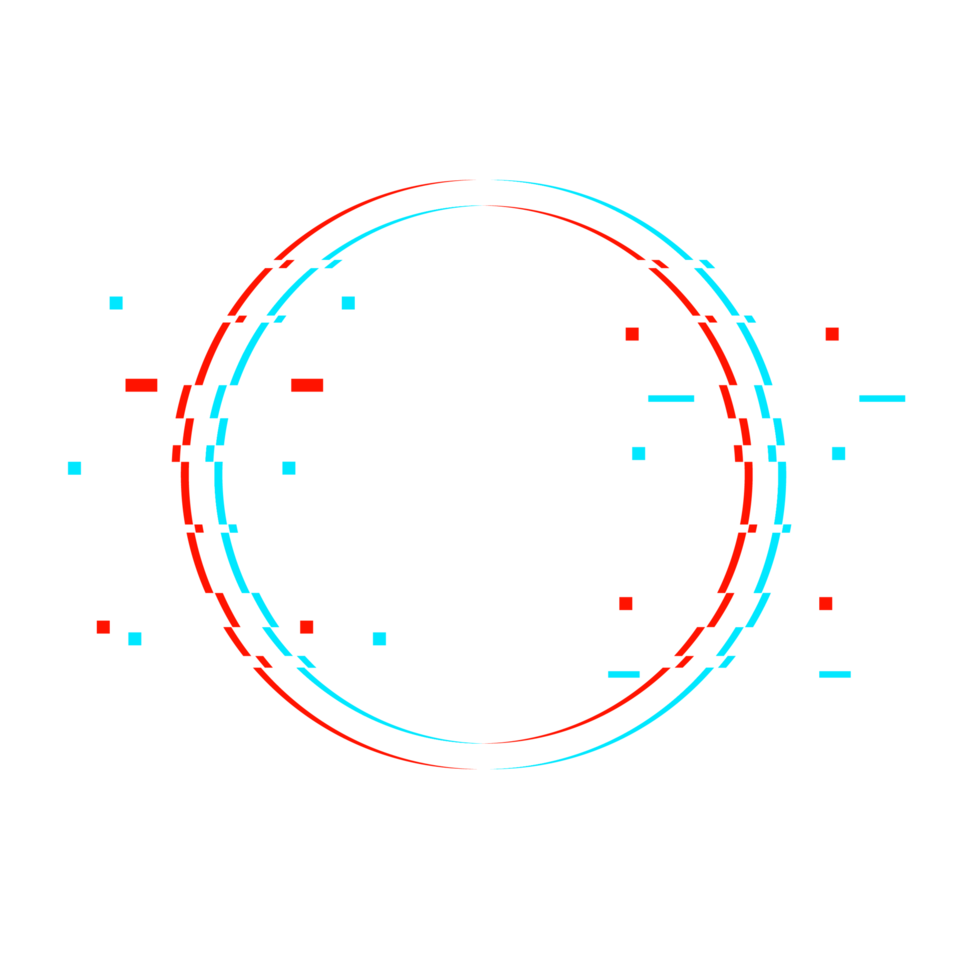How to spend less time on Social media as a Content Creator
Jan 22 '22 • Written by Yassen Shopov
📖 8 minute read
It’s a common trap for most content creators. In order for people to see your content (whether it be writing, art, video material, whatever) you need to publish it on social media.
But as I’ve talked extensively in another article, social media doesn’t really differentiate between a content creator and a content consumer. This is mainly because a content creator may as well be a consumer, whose time can’t possibly be spent in any better way than on Instagram or Twitter.
Yes, it is definitely useful to browse social media apps every now and then when you are a content creator, mainly for inspiration. But be honest with yourself, how often do you actually go through the list of gathered ideas or saved posts? I personally don’t, and unless something is immediately useful to me the moment I see it on social media, I find it hard to go back and act upon it.
This is why, in this article, I will go over the ways in which we as creators can distance ourselves from the apps we use, so we spend less time on social media. This time could be better used creating, and this won’t come at a loss of popularity or presence in the social media place.
So, without further ado, let’s get started with the first way to be more efficient with your screen time.

Inkmorphism - the AI website builder
Create your own website in seconds - no coding required.
Get started for free

1. Schedule posting
When you are mindlessly scrolling through social media apps, you may get some amount of FOMO (Fear Of Missing Out). This could be because you follow a bunch of other creators who happen to publish content more frequently than you, or they could be working on more serious projects than you.

The comparison trap is inevitable, so a way to get out of this loop is to schedule your posting.
By having a plan of what and how many digital illustrations I would be posting in the month ahead, I’ve managed to keep my peace of mind, no longer doom-scrolling and thinking “I should be posting right now“.
It not only enhances your productivity by allowing you to plan ahead, but it also helps build confidence in your brand. When you start perceiving the content you release as scheduled and already decided, it takes some burden off you as a creator. Now what is left is to just post at the required time.
But you may think to yourself “Well, what if after I publish my content, I get back to scrolling since I’m already on the app?“.
Well, for this problem, you may try… 👇️
2. Try posting from 3rd-party apps
It may seem like a bit of an overkill. It appears to be very easy to just post the content yourself, so why use some sort of external app to do the publishing for you?
Well, 2 reasons for that:
When you build up a lot of social media streams, it becomes increasingly difficult to post consistently on all of them while retaining the same level of content (keep in mind that different social media apps have different formats, so a Tweet and an Instagram post may have to look very different).
By using the scheduler apps, you don’t need to enter the social media apps themselves as a consumer.
For example, I recently created a Facebook page for my digital illustrations, on top of all my other social media accounts. It would be a nightmare for me if I really had to go in every single app and post the same, but slightly edited and adjusted content. I was really happy to discover the Facebook Business Studio, an app that allows me to schedule posts ahead of time, that would get posted on both the Facebook page and on my main Instagram account.
True, there isn’t yet one single app that I have found that can post to all my social media accounts, but even a few of them can drastically reduce the amount of time I spend needlessly scrolling.
3. Focus on creating, instead of consuming
As I already mentioned in Point 1, I think my time would be spent more wisely if I create more than I consume. With apps like Twitter, it’s crazy how much content you can view, read, engage with, for just a few minutes. At the same time, imagine the cumulative time that went into creating said content.
It’s almost the same situation with books - a writer spends years writing, drafting, researching, editing. Meanwhile, readers on the other end of the process may go through the content for a mere fraction of what it took for it to be created.
By this logic, it may seem very inefficient to be a creator at all. However, with practice, by definition, the quality of the work increases, and possibly the time it takes for it to be created decreases. A digital artist that has been drawing for 20+ years can probably create a masterpiece for the time it takes me with my 2 years of experience to create one decent illustration.
My point is that every minute spent in the craft of creating bears a thousand times more fruit than the pure consumption of content.

Inkmorphism - the AI website builder
Create your own website in seconds - no coding required.
Get started for free

4. Focus on the 20%
In the productivity world, there is one very famous principle, called the 80/20 Principle.
According to it, as observed in economics and business, around 80% of the productivity lies in 20% of the effort put in. The remaining 20% of productivity are achieved by utilising 80% of the effort. In simpler terms, let’s say you need to study 1 textbook to get 100% in your exam. The 80/20 principle basically tells us that the most important information, a.k.a. the information that will get us 80% of the mark, is stored within 20% of the textbook.
It may not be as easy to calculate the amounts of effort you put in in other everyday tasks, but it is an interesting idea to toy with.
In terms of content creation, the 80/20 rule could be utilised by focusing on the 20% of your social media browsing that results into the 80% of the benefits. You could easily limit your scrolling to an hour per day and use most of this 1 hour to comment on other people’s posts, publish content, engage with people online, etc.
Overall, be mindful of the time spent on social media, and soon you’ll realise that the more you limit it, the more you’ll get out if it (in a positive manner).
[7:09]
by Matt D'Avella
